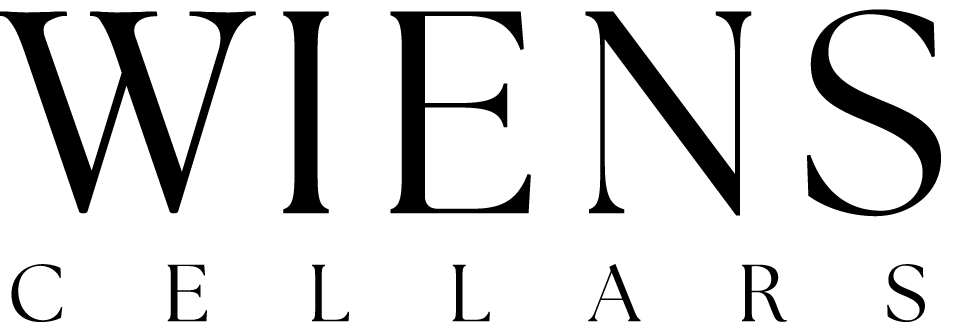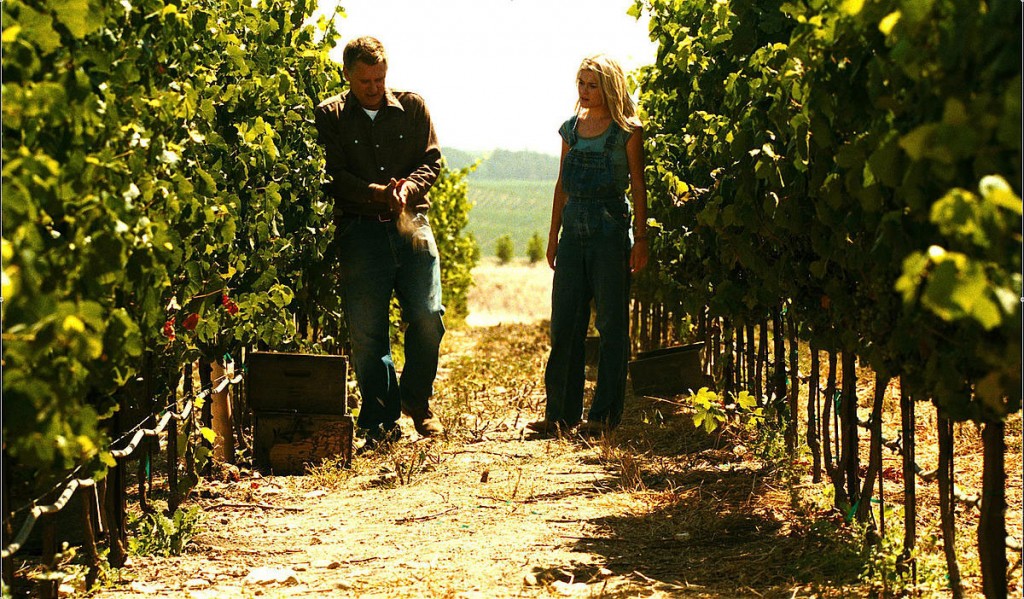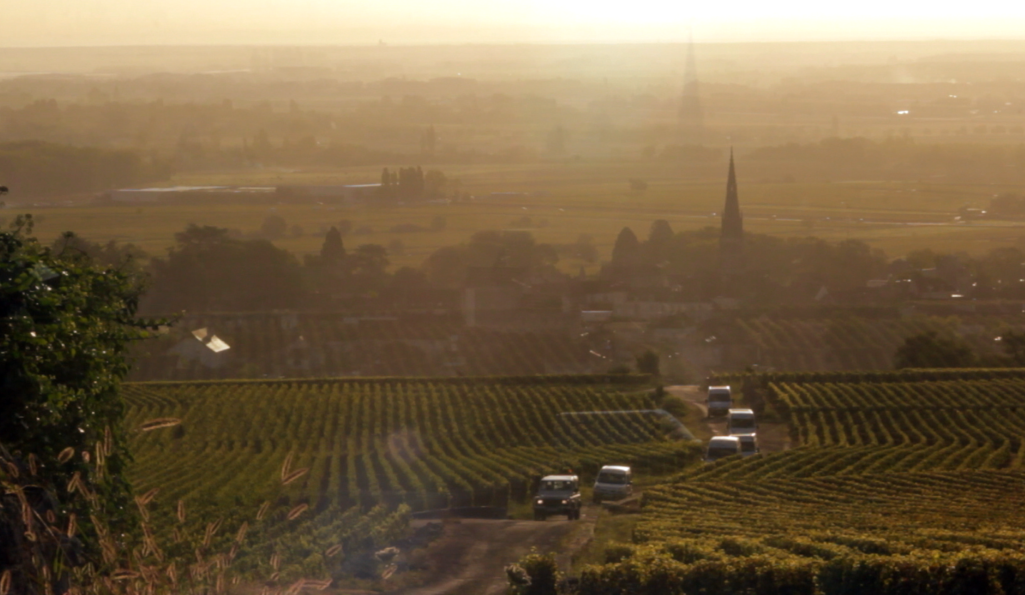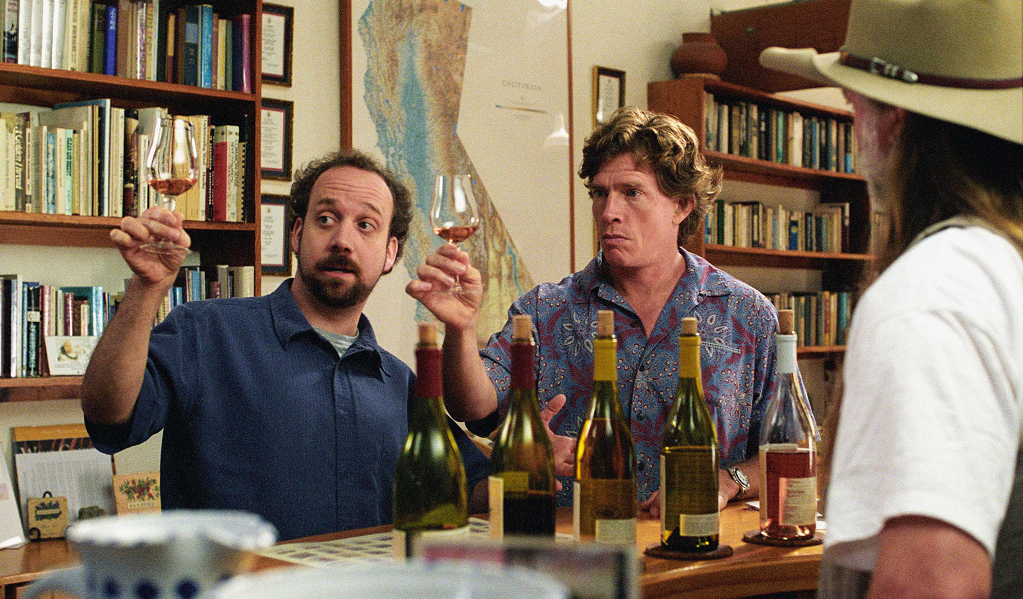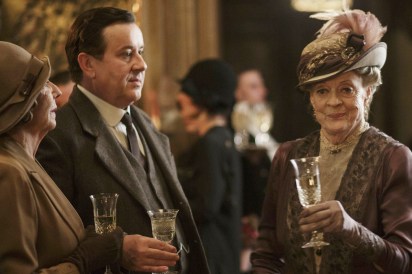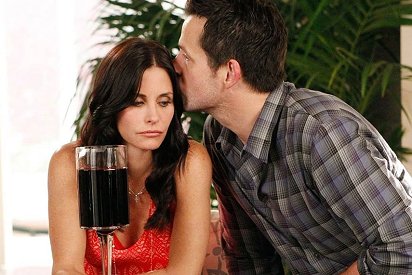Wine has been an integral part of human culture for centuries, not just as a beverage but as a symbol, a narrative device, and a cultural phenomenon. In the enchanting world of literature and the captivating realm of film, wine plays a multifaceted role, weaving its way through stories and leaving an indelible mark on our cultural tapestry.
The role of wine in storytelling and its cultural significance
Wine, with its rich history and diverse symbolism, has long been an inspiration for storytellers. From the pages of classic literature to the silver screen, its presence transcends the physical, becoming a powerful metaphor that speaks to the human experience.
In this blog post, we embark on a cultural journey exploring the various facets of wine in literature and film. From its historical references in classic novels to its contemporary use as a narrative device, we delve into iconic wine scenes in cinema, explore documentaries centered on winemaking, and analyze the portrayal of wine culture in television series.
Wine in Classic Literature
The roots of wine in storytelling run deep, with classic literature providing a fertile ground for its exploration. From the intoxicating banquets in Shakespearean plays to the Bacchanalian revelry of ancient Greek epics, we uncover the historical references that have shaped our perception of wine. Beyond mere libations, wine often serves as a symbolic elixir, embodying themes of celebration, tragedy, and transformation. We unravel the layers of meaning woven into the fabric of classic novels, where wine becomes a reflection of the human condition.
Wine as a Narrative Device in Modern Literature
In the hands of modern wordsmiths, wine takes on new roles as authors use it to craft intricate narratives. Whether as a catalyst for conflict or a symbol of communion, we explore the diverse ways in which contemporary literature employs wine to enrich storytelling. Beyond the uncorking of bottles, we examine how wine scenes contribute to character development and plot advancement. These moments of shared glasses and intimate toasts become windows into the souls of characters, adding depth and authenticity to the storytelling experience.
Iconic Wine Scenes in Film
Memorable Wine Moments in Cinema
Wine has a knack for stealing the spotlight in cinema, creating moments that linger in the minds of viewers long after the credits roll. One such unforgettable scene that left an indelible mark on both the film industry and the wine world is from the movie “Sideways.” This 2004 comedy-drama directed by Alexander Payne not only became a critical success but also inadvertently influenced wine enthusiasts and wineries alike.
In “Sideways,” two friends embark on a wine-tasting road trip through California’s wine country. The protagonist, Miles, played by Paul Giamatti, is a wine aficionado with a particular disdain for merlot. The film’s iconic moment occurs when Miles passionately expresses his disdain for merlot, delivering a now-famous line: “If anyone orders merlot, I’m leaving. I am NOT drinking any f***ing merlot!”
Analysis of How These Scenes Contribute to Film Narratives
These memorable wine scenes, like the one in “Sideways,” contribute significantly to the overall narrative of a film. In the case of “Sideways,” the merlot moment is not just a passing comment; it becomes a defining element of Miles’s character. This aversion to merlot serves as a symbolic anchor, reflecting his broader struggles and dissatisfaction with life.
In the broader context of film narratives, wine scenes often function as more than just aesthetic embellishments or plot devices. They serve as powerful tools for character development, adding layers to the personalities of the individuals involved. Miles’s aversion to merlot is not merely a quirky preference; it becomes a metaphor for his rejection of the ordinary, the mundane, and his yearning for something more profound.
The impact of these scenes extends beyond the characters themselves, influencing audience perceptions and even industry practices. The merlot moment in “Sideways” had such a profound impact on wine culture that it triggered a real-world response. Wineries, aware of the film’s influence on consumer preferences, found themselves grappling with a merlot backlash. In response, some vineyards rebranded their merlot wines, distancing themselves from the negative connotations associated with Miles’s memorable outburst.
At Wiens Cellars, we, too, felt the ripple effect of this cinematic moment. Recognizing the power of film in shaping perceptions, we decided to turn the tide in our favor. Rather than shying away from merlot, we embraced the challenge and rebranded our merlot as the “Obscura” blend. This not only allowed us to navigate the prevailing sentiments but also added an intriguing narrative to our wine offerings, inviting customers to explore the mysterious allure of our reimagined merlot.
In essence, these iconic wine scenes become cultural touchpoints, influencing not only how we perceive the characters on screen but also shaping real-world choices and trends within the wine industry. They showcase the profound interplay between art and life, where a simple sip of wine can carry the weight of metaphor and influence far beyond the boundaries of the cinematic frame. As viewers, we find ourselves not only entertained but also engaged in a sensory and intellectual journey, one where the nuances of wine become integral to the storytelling experience.
Documentaries and Films Centered on Wine
Moving beyond fictional tales, we shift our focus to documentaries and movies centered on the art of winemaking. From the intricacies of the vineyard to the passion of the winemakers, we explore how these films offer a unique glimpse into the world behind the bottle. Do these documentaries shape public perception of wine? We examine their influence on the audience’s appreciation of winemaking, vineyard landscapes, and the craftsmanship involved in producing each bottle.
Wine in Television and Series
Television, with its episodic format, has evolved into a medium that not only reflects but actively contributes to the cultural fascination with wine. In numerous TV shows, wine transcends its role as a mere prop and transforms into a character in its own right, weaving its way into the fabric of storytelling. Whether it’s the communal gatherings in a friend’s apartment, the tense negotiations over a bottle in a corporate boardroom, or the intimate moments shared over a glass in a character’s home, these recurring wine themes become integral to the narrative dynamics. The omnipresence of wine in TV series is a testament to its symbolic power, influencing the tone, atmosphere, and emotional resonance of the stories being told.
The Portrayal of Wine Culture in Episodic Storytelling
From the sophisticated sips in “Downton Abbey” to the comedic misadventures in “Cougar Town,” television has become a captivating canvas for portraying and perpetuating wine culture. The choice of wine in a scene is not arbitrary; it is a deliberate decision that reflects and shapes societal perceptions of sophistication, leisure, and social connection. In “Downton Abbey,” for instance, wine is a symbol of aristocracy and refinement, defining the social dynamics of the characters. On the flip side, in “Cougar Town,” the characters’ humorous escapades with wine offer a lighthearted take on the role of wine in modern society. By examining these portrayals, we gain insight into how television both mirrors and influences our understanding of wine, shaping its cultural significance and embedding it in the collective imagination of the audience.
The Influence of Literature and Film on Wine Culture
The relationship between media and public perception is a complex dance, and when it comes to wine, literature, and film wield considerable influence. The portrayal of wine in these mediums goes beyond mere storytelling; it shapes the way we view and appreciate wine, influencing our preferences and trends.
Through the lens of literature and film, wine becomes more than just a beverage; it transforms into a cultural icon. The way characters in novels savor a glass or the ambiance of a vineyard in a movie scene can subconsciously shape our attitudes toward wine. If a character expresses sophistication and refined taste while enjoying a glass of red in a novel, it may ignite a curiosity among readers to explore similar experiences.
Moreover, the power of visual storytelling in films is unparalleled. The lush vineyards, the delicate swirl of wine in a glass, and the clinking of toasts create an immersive experience that resonates with viewers. These cinematic portrayals don’t just depict wine; they sell an entire lifestyle, creating aspirational images that influence how we perceive wine in our own lives.
Consider a film that romanticizes a wine-centric lifestyle, where characters bond over shared bottles and intimate conversations. Such depictions contribute to the popularization of wine as a symbol of camaraderie, celebration, and even romance. Consequently, viewers may find themselves drawn to the idea of incorporating wine into their own social experiences, shaping the way they approach wine consumption.
In the case of Wiens Cellars, we understand the significance of media in shaping wine preferences. The choice to rebrand our merlot after the iconic “Sideways” film is a testament to how deeply cinematic portrayals can impact consumer choices. By acknowledging and adapting to these influences, wineries can stay attuned to the evolving tastes and preferences of their audience.
Wine’s Role in Popular Culture as Influenced by Media
Wine has transcended its role as a simple beverage; it has become a cultural symbol, and this transformation is heavily influenced by its portrayal in literature and film. The integration of wine into popular culture, spurred by media representation, has elevated its status from a drink to a lifestyle and a marker of sophistication.
Literary works and films not only reflect existing cultural attitudes toward wine but also actively contribute to the construction of a broader wine culture. When characters in a bestselling novel revel in the sensory pleasure of a carefully chosen wine, readers may be inspired to seek out similar experiences. Similarly, when a blockbuster film depicts a winery as a backdrop for romance or intrigue, it solidifies the idea that wine is an integral part of an elevated and cultured existence.
Wine’s presence in popular culture extends beyond consumption; it becomes a symbol of status, social connection, and even rebellion, depending on its portrayal in media. A bottle of wine on a character’s table may communicate affluence, while a shared glass during a pivotal scene may signify intimacy and bonding. These cultural cues, embedded in our literary and cinematic experiences, contribute to the creation of a collective narrative around wine.
For Wiens Cellars and other wineries, understanding and harnessing the influence of wine in popular culture is a strategic imperative. Embracing the positive aspects of wine’s portrayal in media allows winemakers to connect with a broader audience and tap into the aspirational qualities associated with wine culture.
In conclusion, the symbiotic relationship between literature, film, and wine culture is a dynamic force that continuously shapes and reshapes public perceptions. The pages of a novel and the frames of a film not only mirror our existing attitudes toward wine but actively contribute to the ever-evolving narrative of how we perceive, appreciate, and incorporate wine into our lives. By recognizing and adapting to these influences, wineries can navigate the currents of changing preferences and ensure that wine remains a vibrant and integral part of our cultural tapestry.
Wine as a Symbol in Artistic Expression
Wine isn’t merely a drink; it’s a symbol that carries different meanings across cultures. We traverse the globe, exploring how wine symbolizes everything from communion and abundance to sacrifice and ritual in various artistic expressions. In literature, film, and art, wine often serves as a metaphor for life’s complexities. We unravel the layers of meaning hidden in artistic narratives, where every bottle uncorks a world of symbolism waiting to be discovered.
The Future of Wine in Media
As we look ahead, what can we expect from the portrayal of wine in media? We delve into emerging trends, from the rise of sustainable winemaking narratives to the exploration of diverse cultural perspectives in storytelling. With the ever-evolving landscape of media consumption, we make predictions for wine’s evolving role in storytelling. How will technological advancements and changing cultural attitudes shape the narratives that involve our favorite fermented grape elixir?
The Enduring Relationship Between Wine, Literature, and Film
In conclusion, our journey through the pages of literature and the frames of film has revealed a timeless and enduring relationship between wine, storytelling, and culture. From the classics to contemporary creations, wine continues to be a versatile muse for creators seeking to capture the essence of the human experience.
As we raise our glasses to this cultural journey, let us not only appreciate the nuanced role wine plays in our favorite stories but also deepen our own appreciation for this ancient elixir. In every sip, there’s a story waiting to be savored, and in every bottle, a cultural journey waiting to be uncorked.
Cheers to the tales told in vineyards, on pages, and on screens—may they continue to intertwine and enrich our cultural experience.
